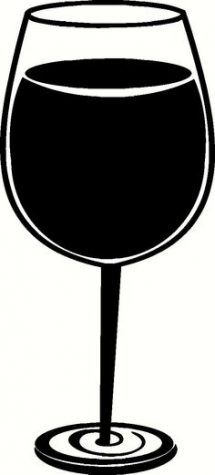Students should not be intimidated by wine tasting
September 22, 2016

When thinking of a college campus full of students, with bars and parties wine would probably not be the alcohol of choice.
Wine is typically associated with elegance, sophistication and glamour because of how expensive it is, the French names and the lengthy process when consuming it.
When given the option to either chug an inexpensive beer versus uncorking a bottle and slowly pouring it into the glass most students would happily choose the first options.
However, students will have the chance to taste wine with their family and friends during two wine tasting sessions for Family weekend.
The sessions will take place from 1-2:15 p.m. and 3 to 4:15 pm on Saturday in the grand ballroom in the Martin Luther King Jr. University Union.
According to Wine folly.com, There are four different types of wine: Red, White, Rose, Sparking and Desert.
Each category of wine is broken down to more specific favor profiles which vary in taste, color and texture.
The process of creating wine is lengthy but the main steps are growing the grapes, plucking from the vineyard, cleaning and fermentation.
During the wine tasting sessions students should not just pick up the glass and immediately drink it but, instead follow the following steps.
First students should visually analyze the wine by admiring the hues in the liquor ranging from the deep velvet burgundy color to the clean crisp olive green colors.
It can help to look at the color by slowly moving the glass in a circular motion so the student can see the light reflect from the wine.
This is quick and may seem unnecessary but it helps the student appreciate what they are about to taste.
Next step is to smell the wine. The students pick up the glass and slowly put the edge of the glass close to their nose and then sniff the alcohol. This will probably be the most awkward looking step but it is necessary.
Students should smell three types of aromas: primary, secondary and tertiary.
According to winefolly.co the primary aromas have a fruit base, secondary aromas come from fermentation practices, which smell similar to nuts and cheese while the tertiary aromas have a savory base which are similar to baking spices.
Last is finally the tasting the wine. The object is to savor the wine and not gulps it down. Students should take their time by slowly sipping the wine.
Taste is very subjective so what taste good to one student may taste bad to someone else however, the goal is to detect the favors.
Some favors may linger while others may create an initial punch.
Kalyn Hayslett can be reached at 581-2812 or [email protected]



















































